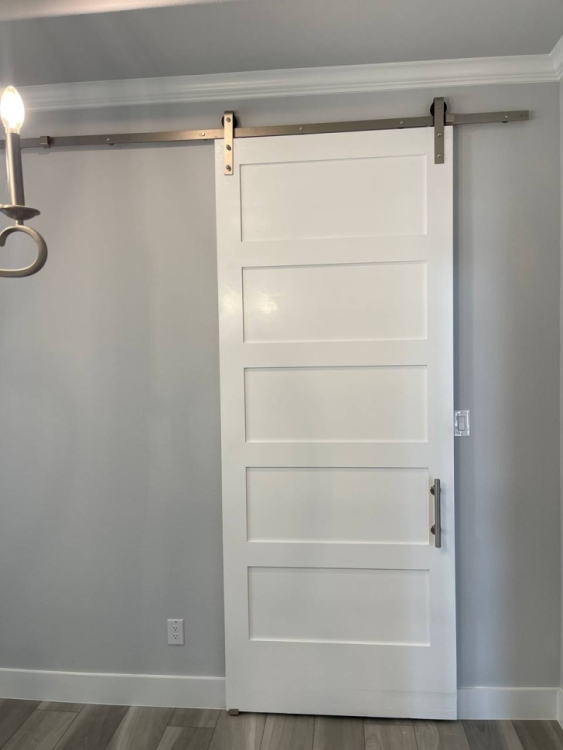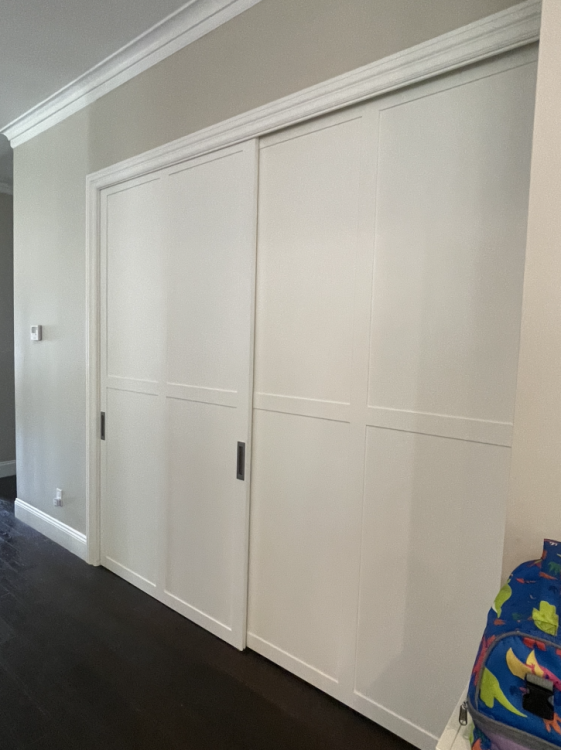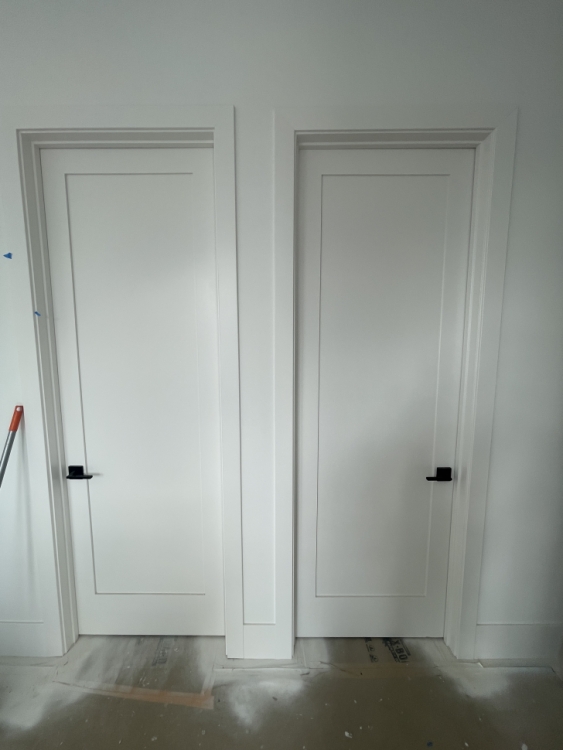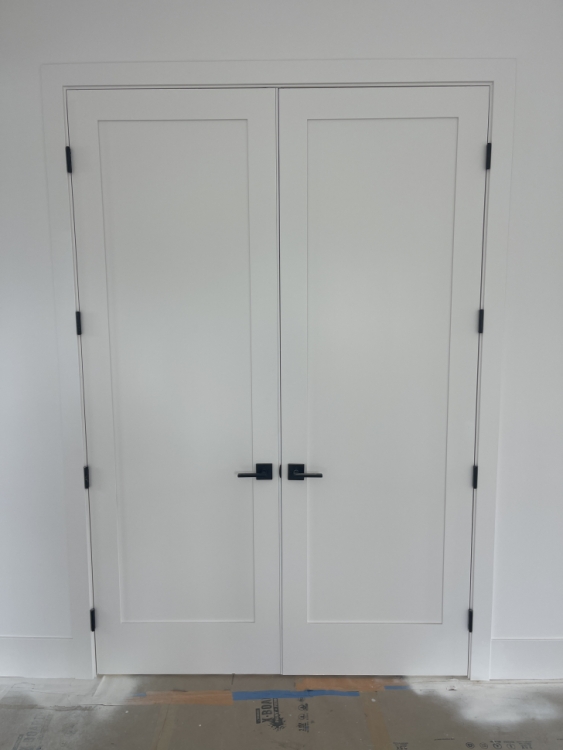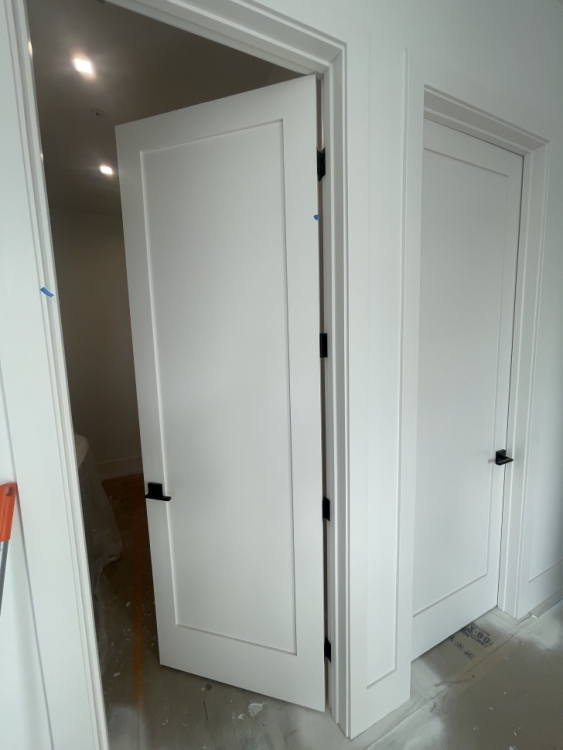Doors
When it comes to door assembly, the process involves careful planning and attention to detail to ensure the doors are functional, durable, and aesthetically pleasing. Whether you're installing interior or exterior doors, here’s a breakdown of the key considerations for door assembly:
Doors assembly
01Planning the Layout
02Materials and Finishes
03Hardware and Accessories
04Installation Process
05Final Touches
06Maintenance and Care
07Conclusion
![Planning the Layout]()
Planning the Layout
- Space Assessment: Measure the door frame (rough opening) accurately to ensure the door fits properly. Consider the swing direction (inward or outward) and ensure there’s enough clearance for the door to open and close without obstruction.
- Door Type: Choose the type of door based on its purpose and location:
- Interior Doors: Typically lighter and designed for privacy and noise reduction. Options include panel doors, French doors, or sliding doors.
- Exterior Doors: Heavier and more durable, designed for security and insulation. Options include solid wood, steel, or fiberglass doors.
- Swing Direction: Decide whether the door will swing inward, outward, or slide (for sliding or barn doors). Ensure the swing direction complements the room’s layout and functionality.
![Materials and Finishes]()
Selecting Materials and Finishes
- Door Materials: Choose a material that suits the door’s purpose and aesthetic:
- Wood: Classic and versatile, available in various styles and finishes. Requires maintenance to prevent warping or cracking.
- MDF (Medium-Density Fiberboard): Affordable and stable, often used for painted doors.
- Steel or Fiberglass: Durable and low-maintenance, ideal for exterior doors.
- Glass: Adds light and openness, often used for interior doors or as inserts in exterior doors.
- Finishes: Select a finish that matches the room’s decor. Options include painted, stained, or natural finishes. For exterior doors, consider weather-resistant finishes.
- Door Materials: Choose a material that suits the door’s purpose and aesthetic:
![Hardware and Accessories]()
Hardware and Accessories
- Hinges: Choose hinges that match the door’s weight and style. Most doors require three hinges for stability. Ensure they are properly aligned for smooth operation.
- Handles and Knobs: Select handles or knobs that complement the door’s design. Consider finishes like brushed nickel, chrome, or bronze for a cohesive look.
- Locks and Latches: For interior doors, privacy locks or simple latches may suffice. Exterior doors require secure locks, such as deadbolts or smart locks, for added security.
- Door Stops and Closers: Install door stops to prevent damage to walls and closers to ensure the door shuts automatically.
![Installation Process]()
Installation Process
- Preparing the Frame: Ensure the door frame is level, plumb, and square. Adjust the frame if necessary to avoid issues with door operation.
- Hanging the Door:
1. Attach the hinges to the door first, then align them with the frame.
2. Secure the hinges to the frame using screws, ensuring the door swings smoothly.
3. Check for even gaps around the door (typically 1/8 inch on the sides and top).
- Installing Hardware: Attach the handle, lock, and any additional hardware. Test the door to ensure it opens, closes, and locks properly.
- Adjustments: Make any necessary adjustments to the hinges or strike plate to ensure the door operates smoothly and latches securely.
![Final Touches]()
Final Touches assembly
- Weatherproofing (Exterior Doors): Install weatherstripping around the door to prevent drafts and improve energy efficiency. Add a threshold or door sweep to seal the bottom gap.
- Decorative Elements: Enhance the door’s appearance with decorative elements like trim, molding, or glass inserts. For interior doors, consider adding a fresh coat of paint or stain.
- Safety Features: Ensure exterior doors have peepholes or security cameras for added safety. For sliding or glass doors, consider adding safety film or locks.
![Maintenance and Care]()
Maintenance and Care
- Regular Cleaning: Clean the door and hardware regularly to maintain its appearance and functionality.
- Lubrication: Lubricate hinges and locks periodically to ensure smooth operation.
- Inspection: Check for signs of wear, such as cracks, warping, or loose hardware, and address any issues promptly.
![Conclusion]()
Conclusion
Door assembly is a detailed process that requires careful planning and attention to detail. By focusing on the layout, materials, hardware, installation, and final touches, you can create functional and stylish doors that enhance your home’s aesthetic and security. Thoughtful planning and proper installation will result in doors that operate smoothly and stand the test of time.
Projects
Doors assembly

Projects Doors in da house California
Projects Doors in da house California

Doors installation projects in San Jose
Discover our stunning Doors assembly projects in San Jose, where we turn dream doors into reality. Specializing in custom designs, our portfolio showcases a variety of styles, from modern to rustic. Each project highlights our commitment to quality craftsmanship and client satisfaction. Browse through our successful assembly and get inspired for your own doors transformation today!


